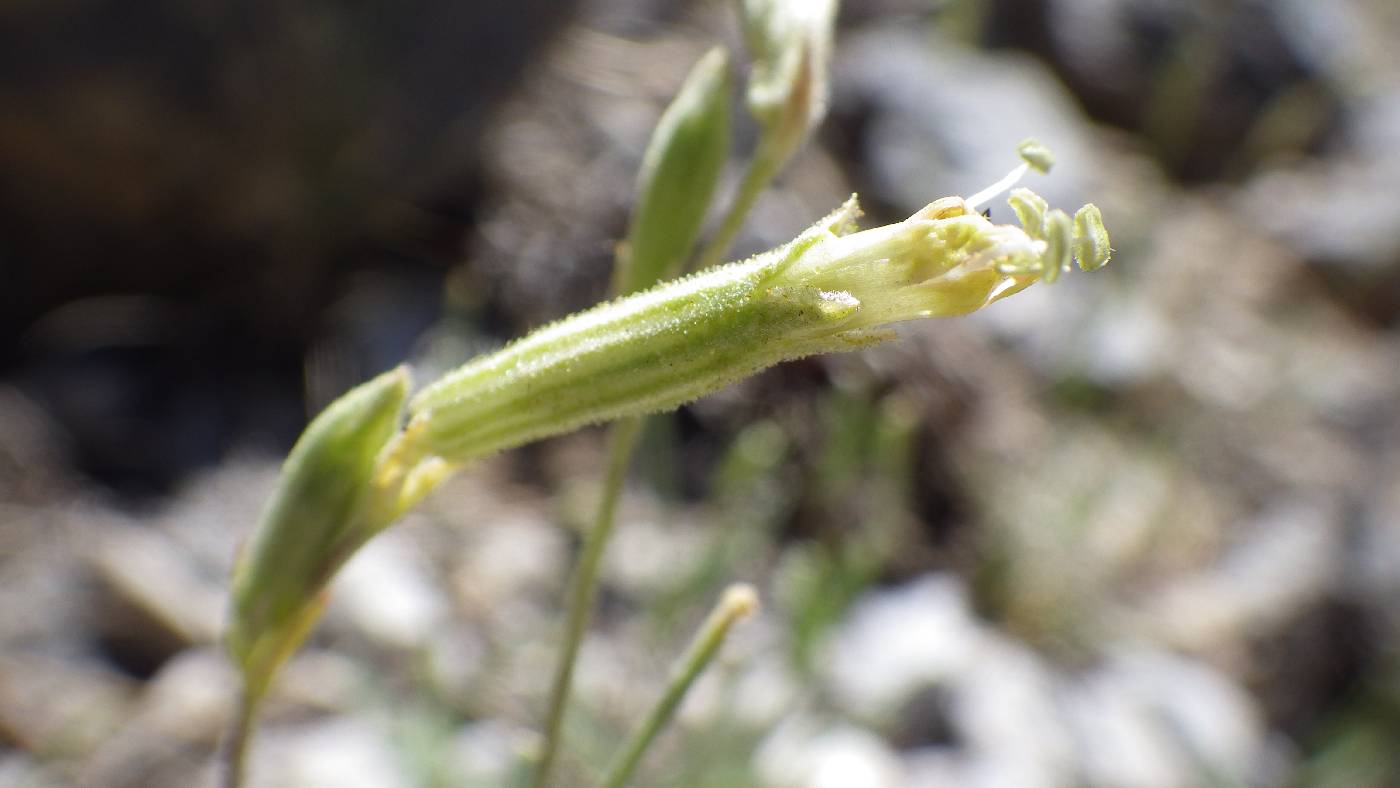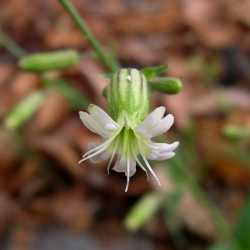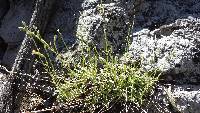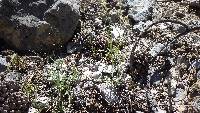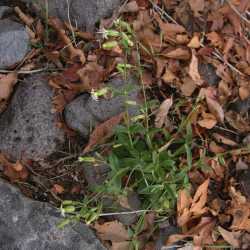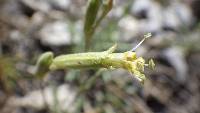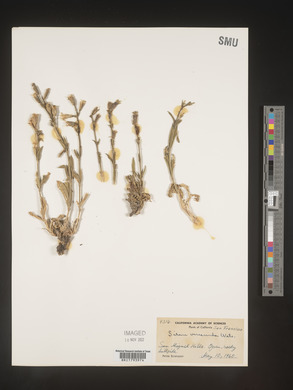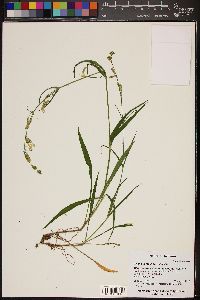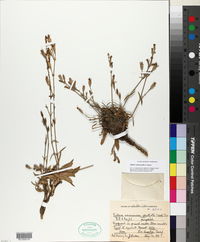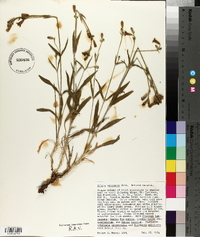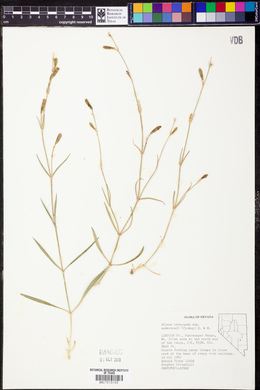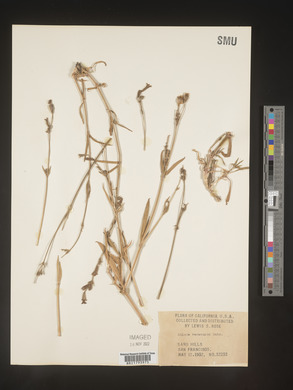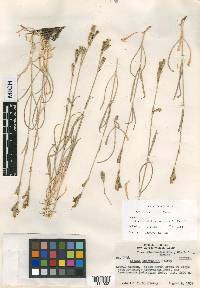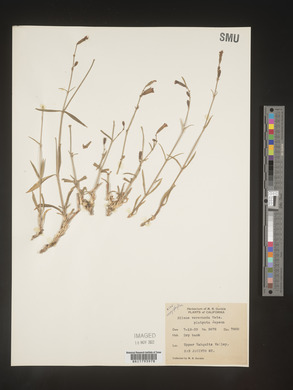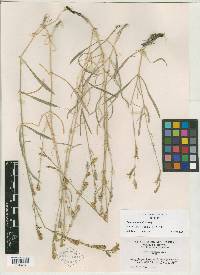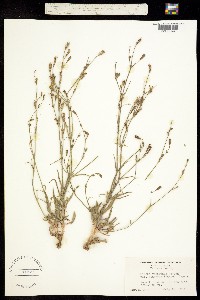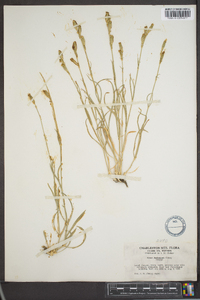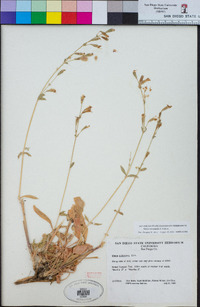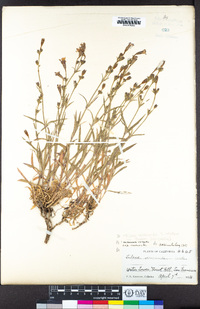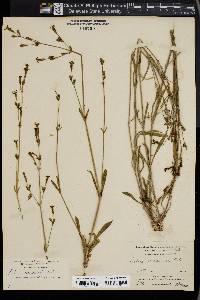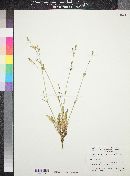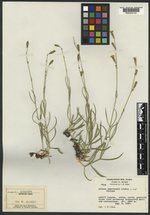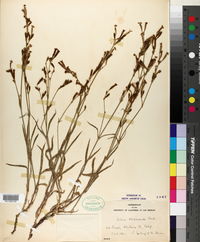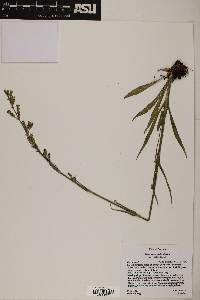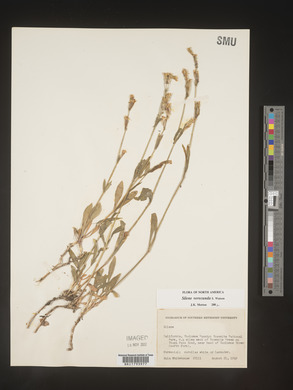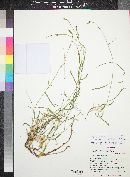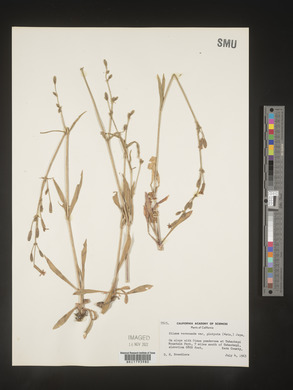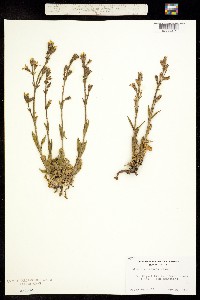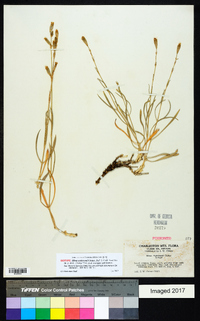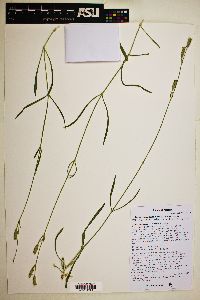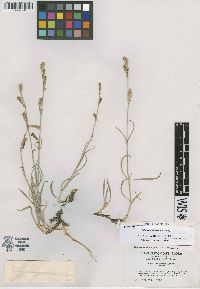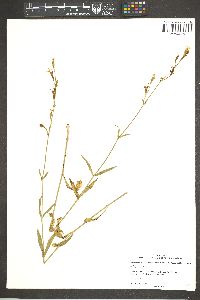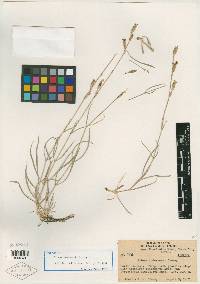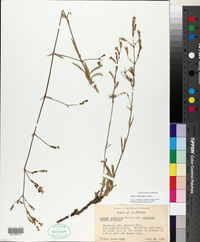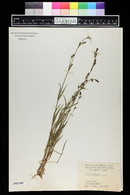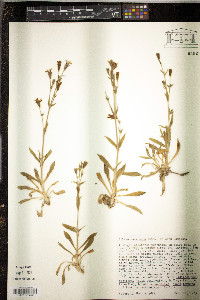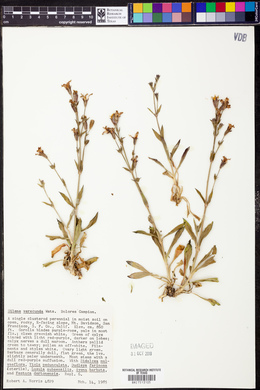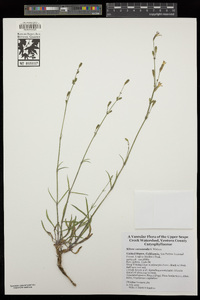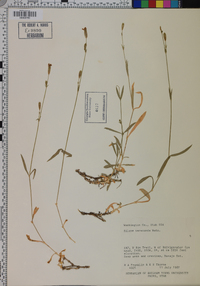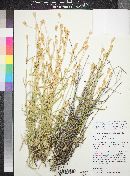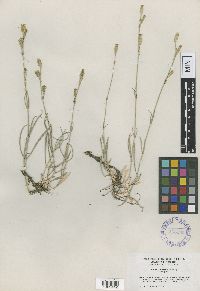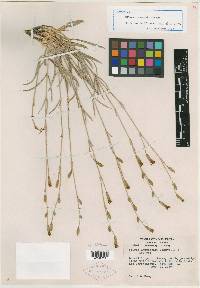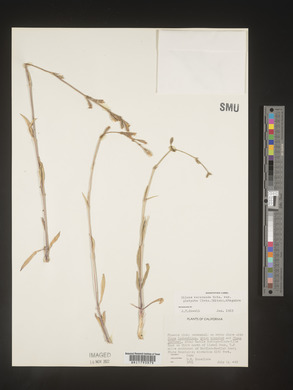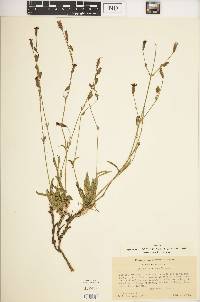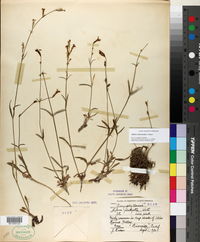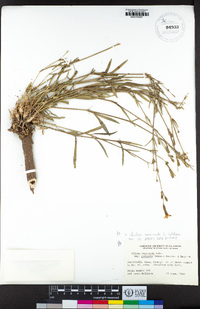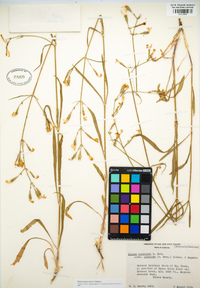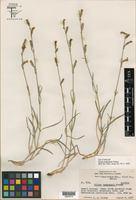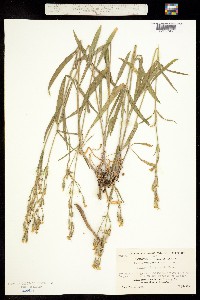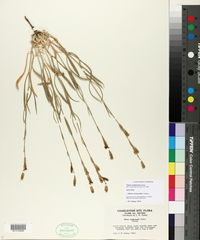
|
|
|
|
Family: Caryophyllaceae
San Francisco Catchfly
[Silene andersonii Clokey, moreSilene luisana S.Watson, Silene occidentalis var. nancta Jeps., Silene platyota S. Watson, Silene verecunda subsp. andersonii (Clokey) Hitchc. & Maguire, Silene verecunda subsp. platyota (S. Watson) C.L. Hitchc. & Maguire, Silene verecunda subsp. verecunda S. Watson, Silene verecunda var. andersonii (Clokey) N.H. Holmgren & P.K.Holmgren, Silene verecunda var. eglandulosa C.L. Hitchc. & Maguire, Silene verecunda var. platyota (S. Watson) Jeps.] |
Plants perennial; taproot stout; caudex branched, woody. Stems usually several-many, rarely 1, erect, leafy, 10-55 cm, base often decumbent with marcescent leaf bases, scabrous-puberulent to pubescent, usually ± viscid-glandular distally, rarely densely so. Leaves 2 per node; basal petiolate, blade linear-lanceolate to lanceolate, 3-10 cm × 2-13 mm (including petiole), apex acute, glabrous to scabrous-puberulent or softly pubescent, petiole often ciliate; cauline sessile or petiolate, connate proximally, reduced distally, blade linear to narrowly lanceolate, 2-10 cm × 2-8 mm. Inflorescences cymose with elongate ascending branches, open, flowers (1-)3 to many, bracteate, bracteolate; bracts and bracteoles lanceolate, 3-20 mm, apex acuminate. Pedicels 4-3 times longer than calyx, scabrous-puberulous to pubescent and glandular, ± viscid. Flowers: calyx prominently 10-veined, tubular in flower, ± clavate and contracted around carpophore in fruit, 10-14 × 4-6 mm, margins dentate, veins parallel, green (rarely purplish), with pale commissures, lobes ascending, lanceolate, 2-3 mm, margins usually with obtuse, membranous border, apex spreading, shortly glandular-pubescent, usually viscid; corolla off-white (greenish) to dusky pink, clawed, claw equaling calyx, limb obovate, 2-lobed, 3-7 mm, shorter than claw, rarely with small lateral teeth, appendages 2, usually lacerate, 1-2 mm; stamens ca. equaling petals; styles 3(-4), often much longer than petals. Capsules ovoid-ellipsoid, slightly longer than calyx, opening by 6 (or 8) recurved teeth; carpophore 2-5 mm. Seeds dark reddish brown to black, reniform, ca. 1.5 mm, papillate, with larger papillae around margins. 2n = 48. Flowering summer. Meadows, chaparral, sagebush, open woodlands, dry pine forests, alpine ridges, dry canyons; 0-3400 m; Ariz., Calif., Nev., Oreg., Utah; Mexico. Silene verecunda is an exceptionally variable species, very difficult to circumscribe and tending to intergrade with S. bernardina, S. oregana, and S. grayi. It differs from the first two of those species mainly in having two-lobed petals. Silene grayi is a much smaller cespitose alpine plant with very large seeds. Hitchcock and Maguire divided S. verecunda into subsp. verecunda, subsp. platyota, and subsp. andersonii. Of these, subsp. andersonii is the most distinct, with a scabrous-puberulent indumentum, very narrow, stiff leaves, and rigid stems that are decumbent at the base, with marcescent leaf bases. The claw of the petals also is often more uniformly ciliate. Subspecies verecunda has a very different appearance, its mature calyx being shorter, broader, and markedly clavate. It is a short, stocky, viscid-glandular plant of exposed coastal habitats and may simply be a local ecotype. Subspecies platyota encompasses the remainder of the variation in the complex. Most of this variation consists of plants with fewer flowering stems; softer pubescence; broader, flat leaves; and thinner, more papery calyces. All these forms of S. verecunda appear to intergrade freely and, based on current information, any separation would be arbitrary. The species is in need of an experimental study to determine the nature of variation and its taxonomic value.
|
This project was made possible in part by the Institute of Museum and Library Services [MG-70-19-0057-19].
Powered by Symbiota

